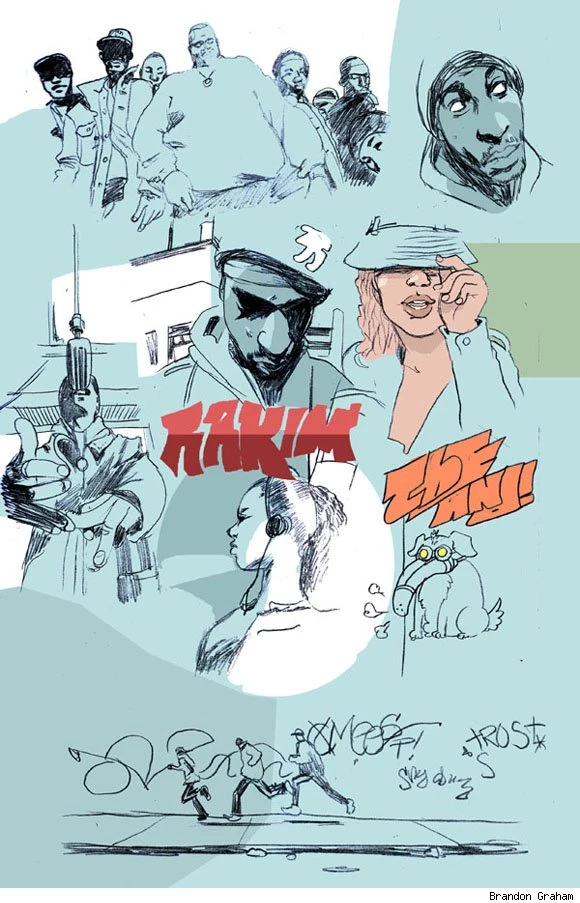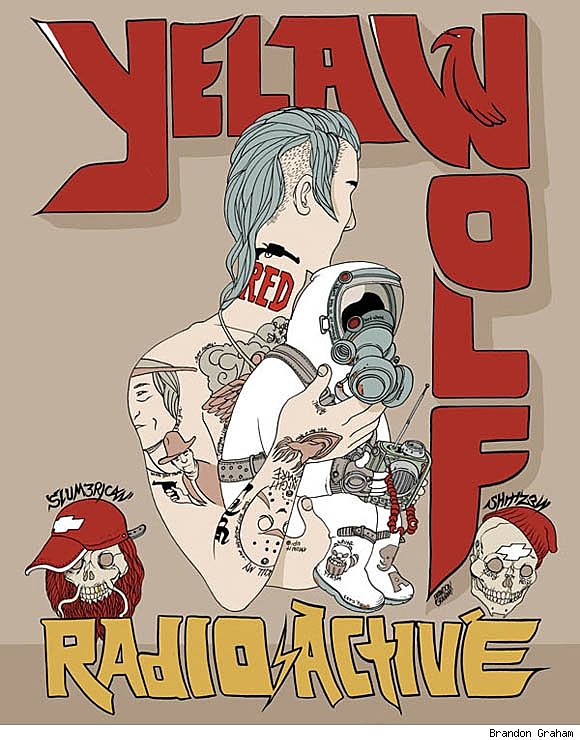
The Brandon Graham ‘Multiple Warheads’ Interview, Part 2

This October, Brandon Graham (Prophet, King City)is unleashing the all-new color volume of his Multiple Warheads series. Spinning out of a one-shot published by Oni Press in 2007, this new four-issue Image Comics series, subtitled "Alphabet to Infinity," lets Graham return to an irradiated fantasy version of Russia with the sci-fi assassin Nura, organ smuggler Sexica and her werewolf boyfriend Nikoli.
I had a long chat with Graham, discussing the origins of the series, what he's trying to do with the relaunch, and the wide-ranging influences that've affected his work over the years, including Akira Toriyama's classic manga, Dragon Ball. What follows is the first installment of our two-part conversation.
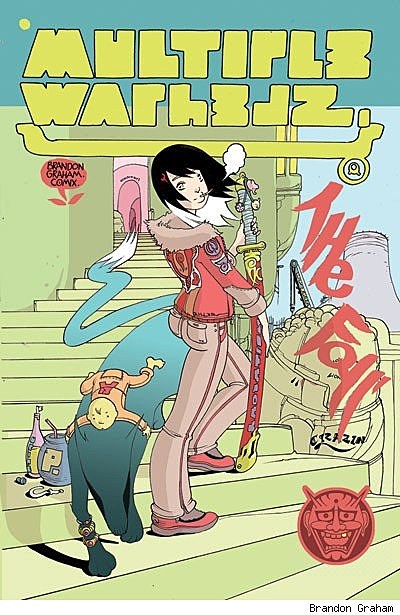
BG: I'm starting with four this year and then after that it's how many I can get done each year. Originally, I'd planned on making them different story arcs, but I wasn't really at a place to stop after the first four. I added a heist that I wasn't originally planning and came up with some new characters that I'm excited to show a lot more of. I've got this Robert Heinlein-style group relationship between three mole dudes, a sasquatch, and a human who's a stripper at a bar built into a wall. I'm just letting it go off the path when it needs to.
The collection will be out after these four issues and have the older one shot in it and the porn short and another short that I did in my Escalator book. At least that's the plan for now.
BG: I've got a page of text in the first new issue -- just to explain what happened before to new readers -- but aside from that, everything front to back cover is pretty much comics. With King City I had most of it drawn before it went to issues, so I needed to fill pages. But with Warheads, I know what length everything has to be so I'm making it fit better.
CA: Will Multiple Warheads stay a Brandon Graham-only project, or are you looking to bring more people into the fold, whether for covers, pinups, backups, or maybe even an entire story?
BG: I'm not sure. I had ideas for a Multiple Warheads annual before with stories by other people. I'm sure Marian will do some covers eventually. I think I still have to show a lot more of the world in the story first.

CA: One takeaway from your thoughts about Toriyama and jokes is that freedom and fun are incredibly important to how you work. When you talk about how you have plans for Multiple Warheads, but you're open to breaking them, is that a symbol of that freedom? What does Multiple Warheads represent for you, in terms of freedom and fun? Is it because they're Anything Goes Comics Art?
BG: I should mention that as insane as it sounds, remembering how much freedom I have and to have fun with the work for me is a daily job to maintain. I put in a lot of effort to stay excited about it. I need a constant influx of new ideas that I can get excited about. This morning I'm making myself read some National Geographic articles: "The Enigma of Time" and "The Golden Hoard of Bactria." I have to remind myself that I can break my plans so I never feel trapped. A lot of times I'll make lists of all the possibilities I can think of for where to take a story next.
The idea with Warheads was to do something that had even more freedom than I'd had with King City to go off the main story path and show off the world it's set in. But I've been struggling with it being in issues. For most of King City, I was writing it with the idea that it would be in 200-page chunks, so blowing three pages on panels of sky and wires wasn't a big deal. I have to keep reminding myself that I can do as many Warheads issues as I want, even if it's just at the pace of four a year.
CA: You say you need a constant influx of new ideas -- is that a research thing? Are you looking for new things to incorporate in your work, or is it just something that strengthens your work in less specific way? Knowing more makes you better in general?
BG: Yeah, it's just to keep my brain working and learn about things that are interesting. It tends to come out in the work, but also it just improves my days to find about cool ideas I'd never considered.

CA: I like your point about serious puns. What's your approach to dialogue in general? Are you going for dialogue that could be spoken, or do you like playing around with the unrealistic and heightened dialogue options comics offers? What's your idea of good dialogue?
BG: Yeah, I like it to be able to be spoken out loud. It's important to me to give characters each their own voice. I kinda try to pass what each character says through a filter. In King City, the character Pete never swore, and Joe would always say s***-based swearing. I think I got into that when I was a teenager [and noticed] that Star Trek's Captain Picard would say, "Make it so" and was really into Earl Grey tea. Also, I like thinking up what kinds of foods a character likes to help define them.
Another thing that I'm really big on is trying to show that each character has a line of thought of their own, so they don't just say something and another character responds. That's something that I notice in work I like. Also when an author is able to cut out the nonsense of a conversation. All the pleasantries that people say. Although my pal Stokoe likes to point out in movies whenever characters just hang up the phone without saying goodbye. He's always like, "How rude! I would call them back and say, 'Uh, I think our lines got disconnected because you didn't say goodbye!'"

CA: I can't remember the last time I wrote something substantial on paper. What's the difference between writing on paper and typing for you? Does one feel more permanent, or is it just a matter of approach? There's a permanence with writing on paper that isn't there with typing, I think.
BG: I think a lot of it for me is that it's closer to drawing and it usually involves sketches as well. I tend to write using a lot of pictures. Also, when I'm doing something with a lot of puns, I'll make lists or sit in the bathtub with them and mull them over. I do a lot of that for the stuff I draw; write down my ideas for what the dialogue for a page/scene is and then sit in the bath and mull it over.

CA: You're one of those artists that has a specific palette. Stokoe has his gross and veiny reds and blues in his palette, Phil Noto has that light, cool style, and Brendan McCarthy has his whole color clash thing going on. You can spot their work a mile away, and the same's true of your work. It's part of the Brandon Graham Style, I guess. What's your approach to coloring comics? The blues and tans feel especially distinctive, very "yours." Where did your palette come from?
BG: A lot of it is defiantly a Moebius influence. I do a lot of stuff that is meant to emulate the '80s Shonen Jump palettes that I grew up looking at. For the main story in each issue, they used to have a couple full color pages and then go into black, white, and orange. I noticed I try for those same oranges whenever I'm doing flashback scenes.

BG: Recently, I've leaned a lot about color from [my wife] Marian. In the past, I'd be coloring a scene with a whatever bright colors I felt like and feel like I was running out of colors after awhile. And then I noticed that Marian does everything much more muted and grey unless it has to be a specific color. It's helped me mellow out and kind of feel like I've got more control.
I've always been impressed by Enki Bilal's colors. How everything is almost black and white with some bright red and blue hair cuts and he does great orange rust -- I think I got doing that from him.
Brandon Graham: When I'm writing it's mostly whatever old jazz or classical stuff I can dig up, but as soon as something is roughed out and I'm inking, then I listen to something with words.
A lot of rap: the Slaughterhouse guys, Rakim, Eminem, Jadakiss, anything with really good puns does it for me. I like Faith No More and Yelawolf (he's more like Guns N' Roses than Tribe rap) and Merle Haggard and Hank Williams, too. I like the Tricky album Blowback a lot. With stuff like KRS, I like his later stuff even better than the old classics. I think I take a lot from them, and I like hearing what someone who's older than me has to say.
For some reason, 1970s/'80s Doctor Who is the only video stuff I can draw around. I think it's because it's so slow. Each episode is like four hours of them running down halls.
And I listen to a lot of audiobooks. Recently, it's some older BBC Sherlock Holmes. I listen to Neuromancer and Heinlein's Friday over and over; like they're songs.
![]()
Click here if you missed part one of this interview. Multiple Warheads: Alphabet to Infinity #1 goes on sale October 24 in finer comics shops and digitally from Image Comics.
More From ComicsAlliance


![The Science Experiment: How Graham & Roy’s ‘Prophet’ Revival Smashes Expectations [Sci-Fi Week]](http://townsquare.media/site/622/files/2016/09/prophet-featured-2.png?w=980&q=75)
![Emma Rios and Hwei Lim Reflect on Their Collaboration for ‘Mirror’ at Image [Interview]](http://townsquare.media/site/622/files/2016/02/mirror-feat1.jpg?w=980&q=75)




